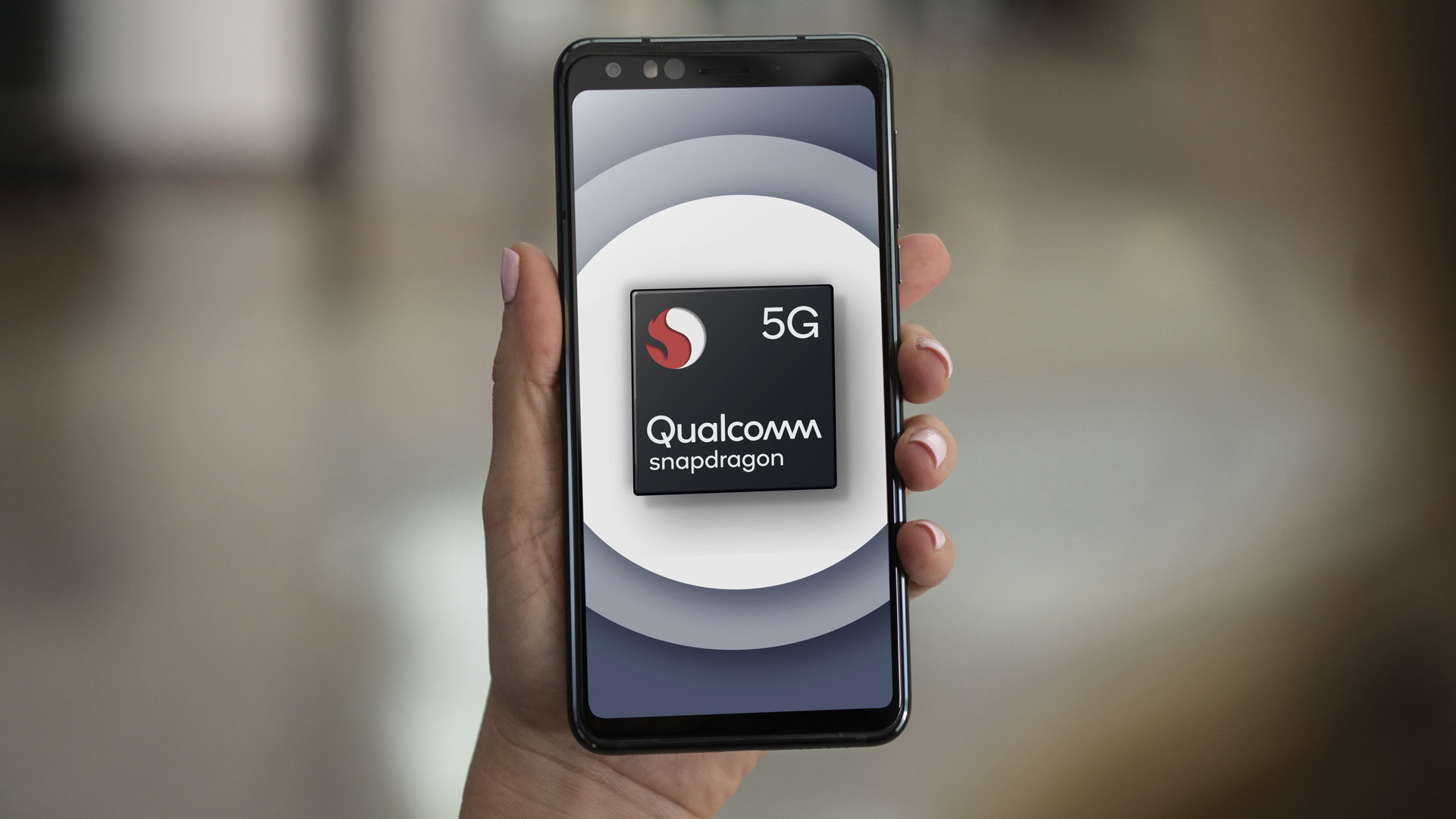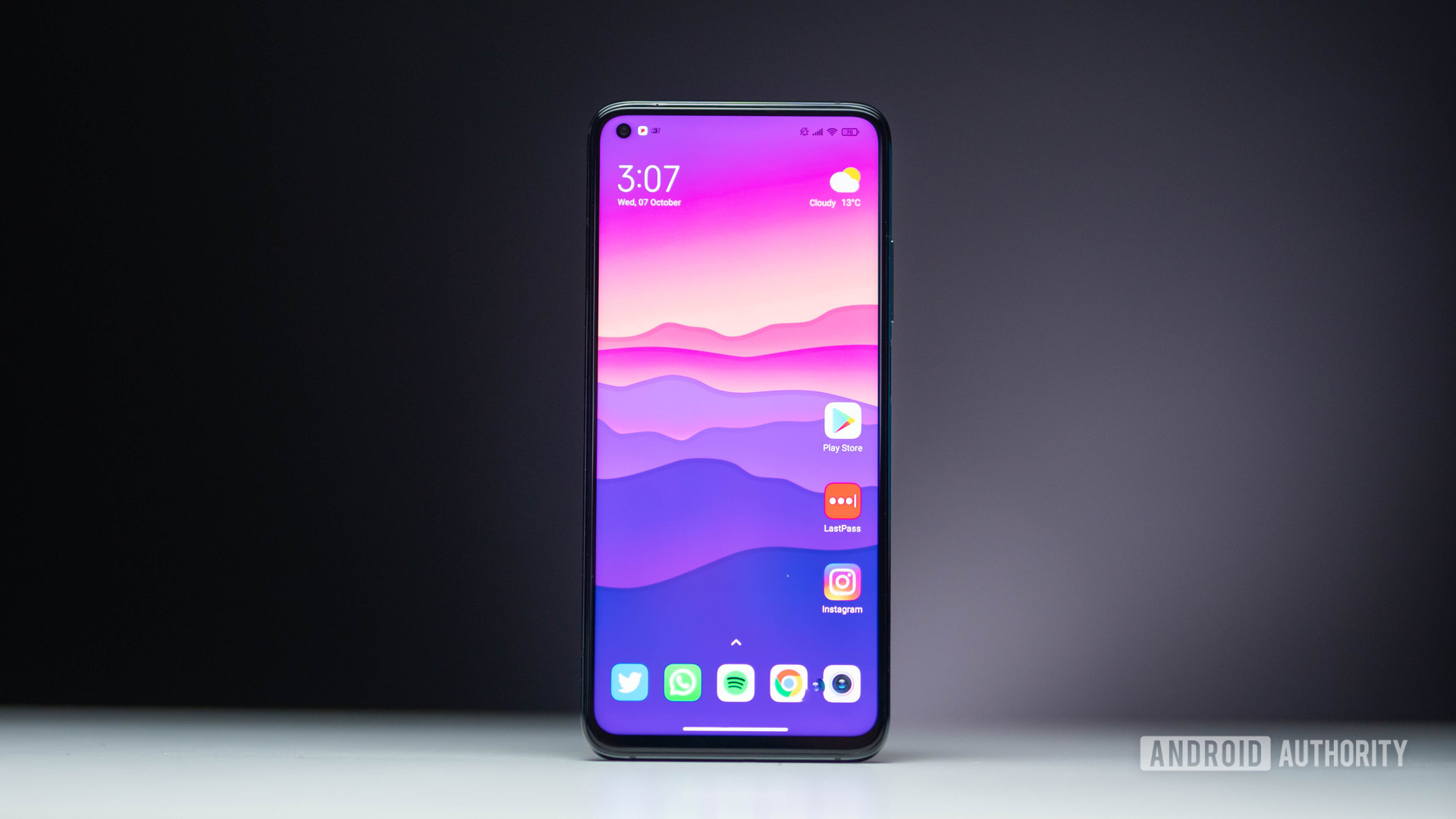Affiliate links on Android Authority may earn us a commission. Learn more.
Why a Snapdragon 875 Lite makes perfect sense

It’s almost time for Qualcomm to hold its annual Snapdragon Summit again, where the chipmaker details its newest flagship processor that will appear in the following year’s phones. We’re all expecting the Snapdragon 875 to be unveiled this year, picking up where the Snapdragon 865 left off.
There have also been some murmurs of a Lite version of its flagship processor, purportedly dubbed the Snapdragon 870, which could be a Snapdragon 865 Plus with a higher clock speed (3.2Ghz or higher).
Regardless of what Qualcomm finally shows off come December, a Snapdragon 870 or a “Snapdragon 875 Lite” makes a lot of sense for the company and the smartphone industry in general.
The state of Snapdragon
Before we can understand why a Lite version of the Snapdragon 875 would make sense, we first need to take a look at the current state of Qualcomm’s top-tier silicon.
The Snapdragon 865 has represented a rather controversial entry in Qualcomm’s flagship chipset history. Sure, you’ve got features like unlimited 960fps recording, 8K video recording, world-class graphics, and mmWave 5G with super-fast speeds. But the biggest strike against the chipset has been its price, with it reportedly delivering a steep increase over last year’s Snapdragon 855 series. In fact, Xiaomi stated that chipset and modem costs for the Mi 10 series doubled compared to last year’s Mi 9.
As a result, we saw very few affordable flagship-style devices with Qualcomm’s top chipset in 2020. While Samsung bucked the trend with the extremely competitively priced Galaxy S20 FE, we saw many flagship killer-like phones increase in price. To name just a few examples, the Xiaomi Mi 10, OnePlus 8, POCO F2 Pro, and realme X50 Pro were all more expensive than their predecessors.
Between the reported cost of the Snapdragon 865 series, the use of expensive mmWave 5G in some markets (adding up to $100 more for a mmWave variant), and the lack of any genuine rival silicon on the market, it’s no wonder that we saw several brands go with upper mid-range silicon instead of paying the premium.
The increased price of the Snapdragon 865 has forced some brands to jump to upper mid-range silicon.
More specifically, we saw Qualcomm’s cheaper Snapdragon 765G processor become the go-to for flagship-lite devices, most notably with the Google Pixel 5 and the LG Velvet. It’s easy to understand the thinking too. The mid-range chipset delivers good performance for everyday use, as well as many high-end features that match the Snapdragon 865 like 5G, fast charging, high-resolution camera support, and high refresh rate capabilities.
There is one major weakness for the Snapdragon 765G though, and that’s in the GPU arena.
Bridging the graphics gap
Our own testing has shown that the Snapdragon 765G is weaker than even 2018’s Snapdragon 845 flagship processor when it comes to graphical performance. Those hoping to play power-hungry games or retro games via emulators at the best possible quality might be disappointed. But how many people want this from their phones, right?
Unfortunately, this gulf in GPU power is particularly pertinent in 2020 and will continue to be so in 2021 and beyond as high refresh rate screens drive up performance requirements. We ran GFXBench on the Pixel 5 and another much talked about Snapdragon 765G phone with a 90Hz display — the OnePlus Nord. The results clearly show that the chipset isn’t able to drive the most technically advanced software at more than 60fps. In fact, the Pixel 5 in particular falls just short of 30fps in the Manhattan test. By comparison, the ASUS ROG Phone 2 and nubia REDMAGIC 3 — two phones from 2019 with Snapdragon 855 series chipsets and high refresh rate displays — were both able to get much closer to their target frame-rate.
Benchmarks don’t correlate directly to everyday performance of course, and you’d expect better performance in web browsing, system navigation, and lightweight games on a phone like the Pixel 5 or the OnePlus Nord.
However, it does lead us to think that many 3D games with high refresh rates won’t turn in stable performance. Between PUBG Mobile, Fortnite, and other pending console/PC ports, you might have to settle for 60fps or even lower in some titles.
So, how do you bridge the GPU gap between the affordable 700 series and the premium 800 series? That’s where a Snapdragon 875 Lite could make a big difference.
What could a Snapdragon 875 Lite bring to the table?

A Snapdragon 875 Lite with a GPU equivalent to the Snapdragon 865 or perhaps even the 855/855 Plus could go a long way to ensuring that you actually see high frame rates when using a phone with a high refresh rate panel. But graphical performance is only one potential advantage out of several possible upsides.
In addition to narrowing the GPU power gap between the Snapdragon 765G and flagship silicon, a Lite processor with a more advanced CPU could also boost multimedia performance and connectivity capabilities. After all, the Snapdragon 765G only has two heavyweight cores compared to four in the 800 series, lags behind on machine learning power, and lacks support for bleeding-edge features like 8K recording, a super-fast ISP, and LPDDR5 RAM.
A Snapdragon 875 Lite processor could plug a major gap between the 700 series and the 800 series.
Based on this model, a Lite processor would deliver faster and better camera processing (e.g. HDR+), higher resolution multi-frame processing, faster app launching and loading, higher quality video options, and faster, more accurate augmented reality features like face filters.
This would open the door to affordable flagship phones with true flagship power. Expected 2021 phones like the Pixel 6 or LG Velvet 2 could stick to a cheaper price point without sacrificing on performance. The flagship killer may also make a comeback, with OEMs no longer having to choose between needing to pay top dollar for elite performance or heavily compromising on other areas like display, storage, build quality, or the camera experience. Would a phone with a slightly downgraded 800 series processor still qualify as a true flagship killer? That’s a philosophical question for another day.
Would you like to see a Lite version of Qualcomm's flagship processors?
There are some potential risks with developing a Lite-style processor though. Qualcomm will need to walk a fine line between performance, features, and pricing. The last thing anyone wants is a rebadged Snapdragon 700 series chipset with a higher price tag. A shoddy, pricey Lite release like this could tarnish the Snapdragon 800 family’s reputation. We already see this in the laptop space, as under-powered chips adopt top-tier branding in a bid to gain more sales.
Another risk is if Qualcomm releases a Lite processor that’s virtually identical to the main chipset but significantly cheaper. This could be a major win for consumers but a problem for the chipmaker, resulting in the firm missing out on revenue as OEMs adopt the Lite chip in lieu of the more expensive silicon.
We’ll just have to wait and see what Qualcomm’s plans are when it finally reveals its new processors this December.
Would you like to see Qualcomm release a Lite version of its flagship processors? Let us know via the poll above!